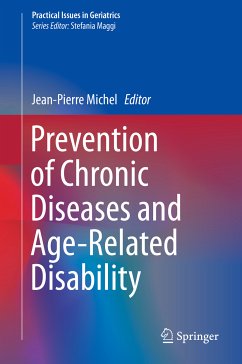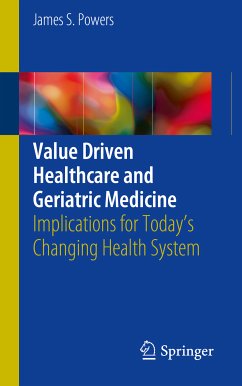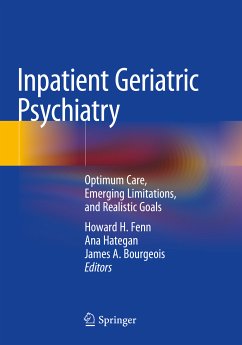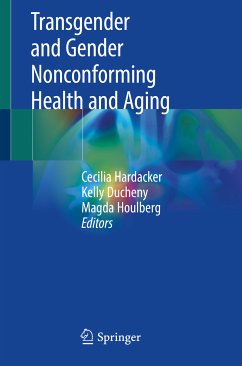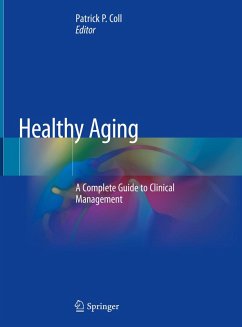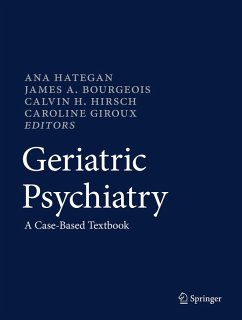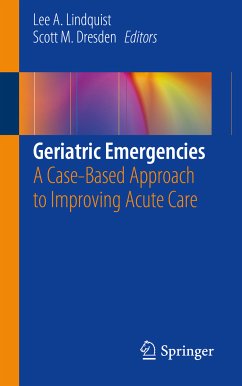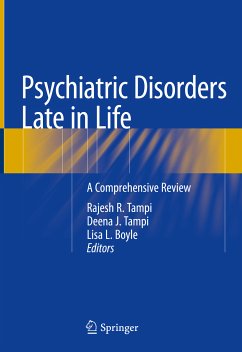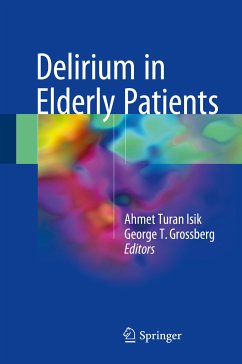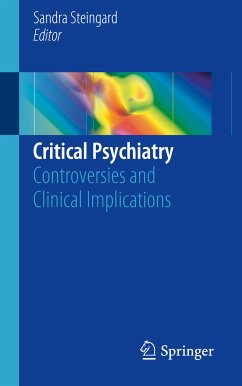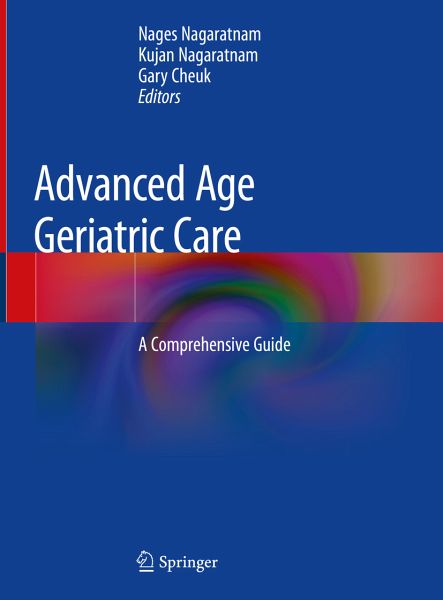
Advanced Age Geriatric Care (eBook, PDF)
A Comprehensive Guide
Redaktion: Nagaratnam, Nages; Cheuk, Gary; Nagaratnam, Kujan
Versandkostenfrei!
Sofort per Download lieferbar
104,95 €
inkl. MwSt.
Weitere Ausgaben:

PAYBACK Punkte
52 °P sammeln!
The only current text to address medical care specifically for patients over 85
Written by experts in the field
Includes case vignettes to demonstrate key points and algorithms to promote a step- by- step approach to solve problems
Written by experts in the field
Includes case vignettes to demonstrate key points and algorithms to promote a step- by- step approach to solve problems
Dieser Download kann aus rechtlichen Gründen nur mit Rechnungsadresse in A, B, BG, CY, CZ, D, DK, EW, E, FIN, F, GR, HR, H, IRL, I, LT, L, LR, M, NL, PL, P, R, S, SLO, SK ausgeliefert werden.



